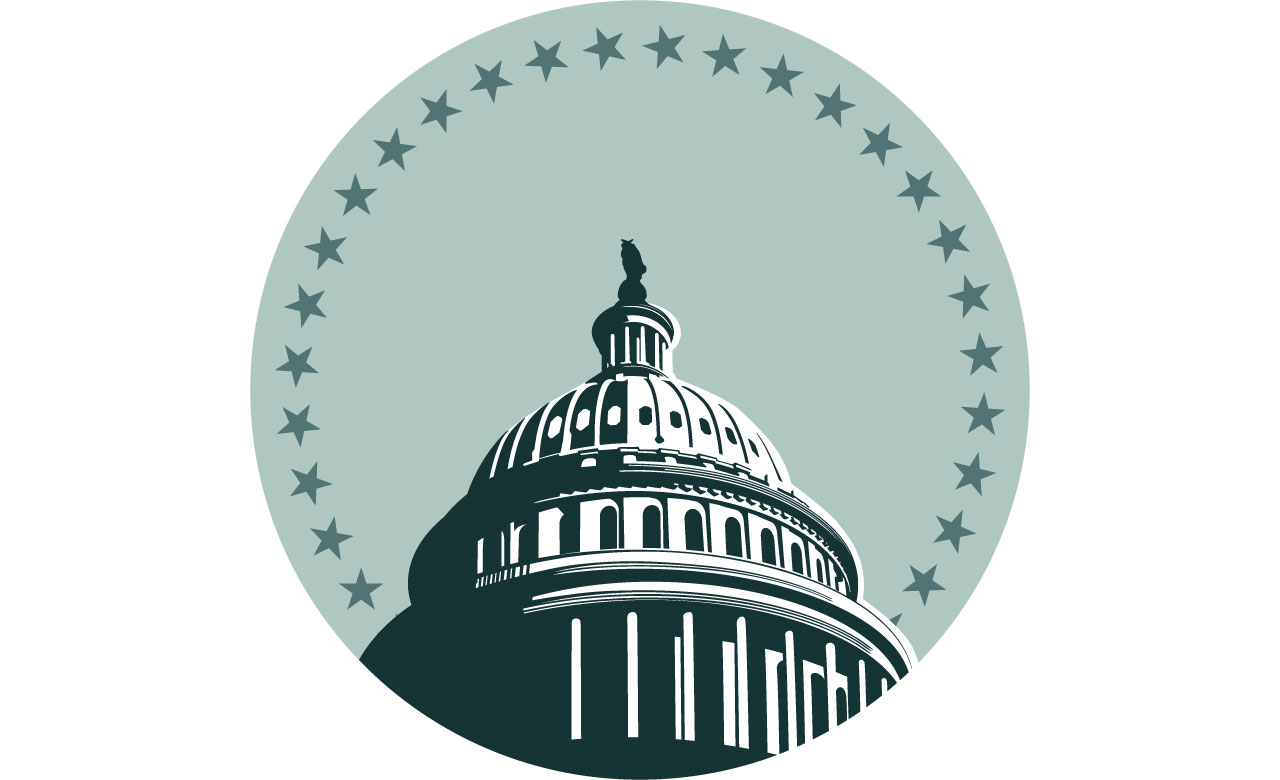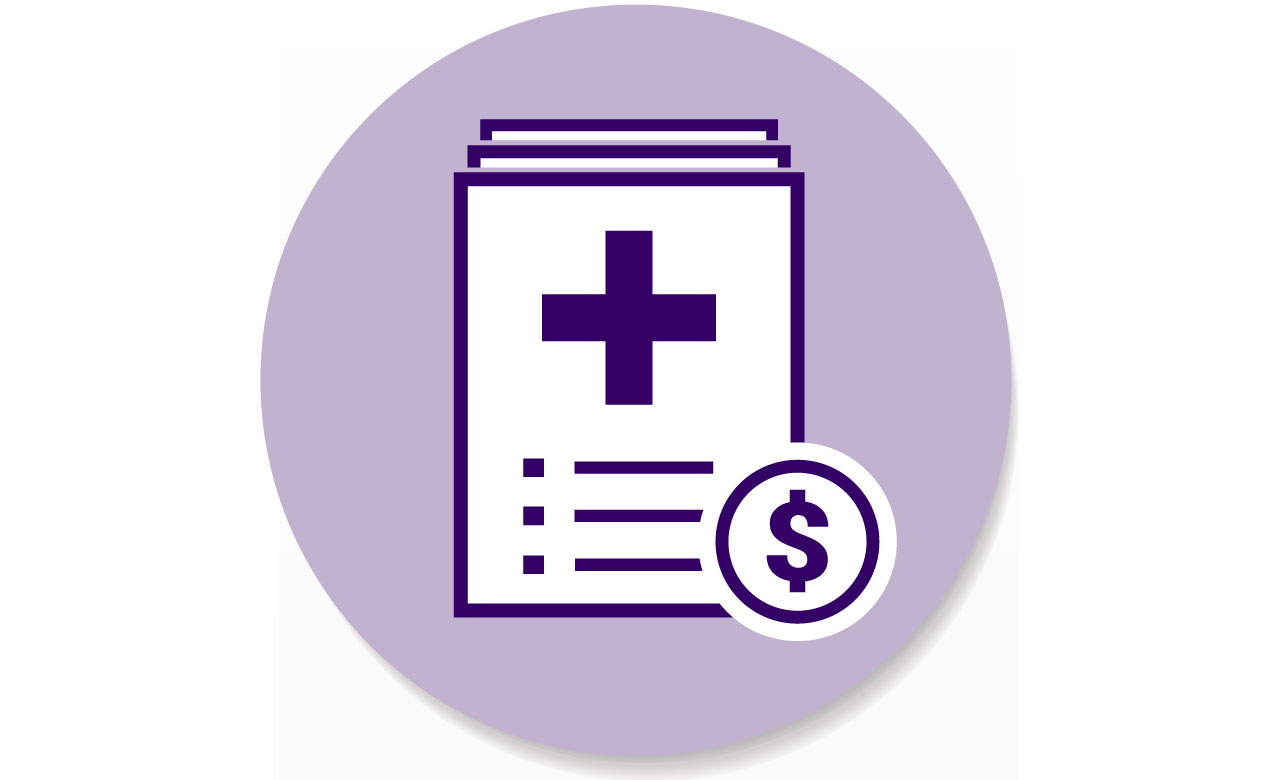A Minute With...
Samantha Freiter, APhA–ASP Chapter President
and 2024 PharmD candidate, University of Pittsburgh
School of Pharmacy
Member since 2020

I joined APhA–ASP on my first day of pharmacy school because I was drawn to the idea of a network and community for all pharmacists. It doesn’t matter what area of pharmacy I want to go into because APhA represents the goals and voice of all pharmacists. Working within APhA–ASP and at APhA headquarters has provided me with the opportunities to network, be inspired by my peers and colleagues, and continue to learn as a student pharmacist.”
How has APhA helped you establish meaningful connections?
By being involved with APhA–ASP at my school, I have met and collaborated with numerous faculty members and student leaders. I would not have this opportunity to work with this many leaders within the field of pharmacy if I was not involved in ASP. While working at APhA in Washington, DC as the 2022 Carl F. Emswiller summer intern, I was encouraged to meet with as many colleagues as I could, and I was even encouraged to connect with innovators in pharmacy from various other associations. I have been able to learn from students and practitioners across the country to work toward my goals and implement their ideas into my work.
How has APhA helped prepare you for your career as a pharmacist (e.g., experiences in patient care projects, leadership opportunities, advocacy, etc.)?
As president of my APhA–ASP chapter, I have developed a passion for leadership that I never would have been able to imagine before joining APhA. I have had the chance to learn so much about the field of pharmacy ranging from advocacy goals in the future to innovative patient care happenign now in communities around the country. I feel very prepared to enter the health care team as a pharmacist, and I know how I can contribute to the profession as a whole.
What excites you about the profession of pharmacy?
I am excited to see how pharmacists continue to provide unique and meaningful patient care services to their community. Pharmacists across the country are already providing education, testing, treatment, and so much more to patients. As legislation and technology continues to change, I hope to see pharmacists continue to impact and improve their communities.
Can you share a meaningful story about a time you interacted with a patient? Perhaps a time you felt like you really made a difference for them?
I attended an Operation Diabetes event as a second-year student pharmacist. The event involved tabling at a local community pharmacy, and we asked patients about their diabetes medication adherence and tested their understanding of their medications.
One patient told me she recently was prescribed a continuous glucose monitoring (CGM) product to monitor her glucose levels, but she did not understand how to use the device. I realized she was using the product correctly; she just didn’t understand how to use the technology on her phone and reader to see her glucose levels. I helped her download the app and set up her accounts, and she was so excited to be able to understand how her device worked.
I realized I had just helped this patient feel more in control of her health, and all she needed was assistance with technology. Moving forward, my focus is on ensuring patients who lack technology or an understanding of technology are not left behind as health care continues to become more advanced and technology-
based. ■

Advocacy
ICYMI: In early March 2023, APhA released a joint statement with the Kentucky Pharmacists Association (KPhA) on congressional PBM investigation.
“APhA applauds House Oversight and Accountability Committee Chair James Comer for launching an investigation into PBMs’ role in rising health care costs. As explained during APhA’s Pharmacy Benefit Manager (PBM) 101 briefing for congressional staff, there are already mountains of data from Medicaid and commercial plans on PBMs’ uncompetitive and deceptive trade practices that target patients with chronic conditions, forcing them to use PBM-owned specialty and mail order pharmacies, rather than their local pharmacy, for Congress to take action. We look forward to working with the Committee to restore transparency, accountability, and equity to our nation’s health care marketplace,” said Ilisa BG Bernstein, PharmD, JD, FAPhA, APhA interim executive vice president and CEO.
The committee’s investigation calls for documents, communications, and information related to PBM practices that are distorting the pharmaceutical market and limiting high-quality care for patients.
PBM actions impact patients. In a recent survey conducted by APhA, 91.5% of pharmacist respondents agreed that PBM practices are negatively affecting their practice and their ability to provide patient care. ■

Did you know?
APhA offers a guide on outpatient fees for service billing.
Traditionally, pharmacist reimbursement has largely been focused on obtaining payment for the provision of products, like prescription medications. Today, pharmacists have an expanded scope of practice and the pharmacy profession has incorporated more clinical aspects into routine patient care, such as chronic disease management, care transitions interventions, and medication therapy management. For these clinical services to be sustainable, pharmacists must be able to receive payment for the resources and time they dedicate to improving patient care and outcomes.
Currently, pharmacists are not recognized as providers under Medicare Part B and therefore cannot directly bill for most of the clinical services they have been trained to provide. However, through collaborations with other health professionals, state insurers, private insurers and health systems, pharmacists can implement more sustainable clinical programs into their practices.
Our payment resources are designed to help you understand existing and emerging opportunities to be compensated for providing certain patient care services. Visit www.pharmacist.com/Practice/Practice-Resources/Billing-Payment-Center to access the most current billing-related content for pharmacists available today, free for APhA members! ■
Get involved
The purpose and mission of the APhA Transitions of Care Special Interest Group (SIG) is to create an online community and professional network where pharmacists and technicians working to overcome transitional challenges can meet, share, communicate professional interests, concerns, and prospective goals in all practice settings as they provide care to patients during transitions to and from various health care settings. This community will serve as a conduit for pharmacists and technicians to navigate the complex health care system by sharing ideas on how to collaborate in optimizing transitions of care.
Visit aphanet.pharmacist.com/transitions-care to access member-only resources for pharmacists, pharmacy residents, student pharmacists, pharmacy technicians, and interprofessional health care team members involved in providing transitions of care services. ■